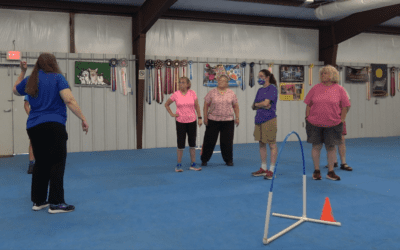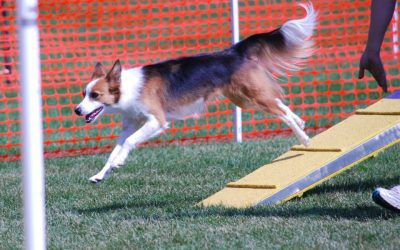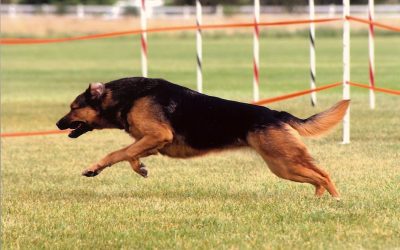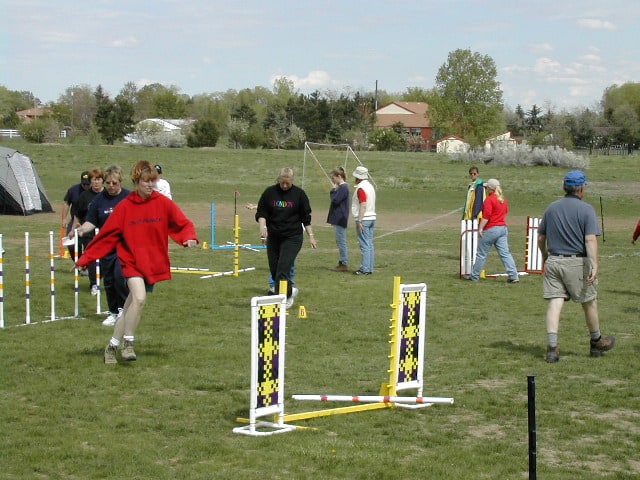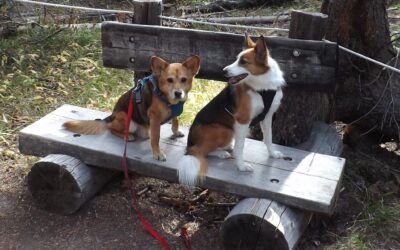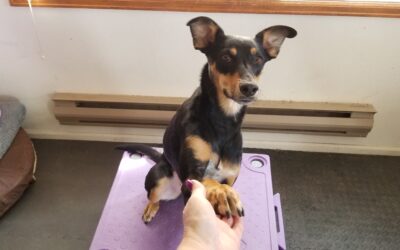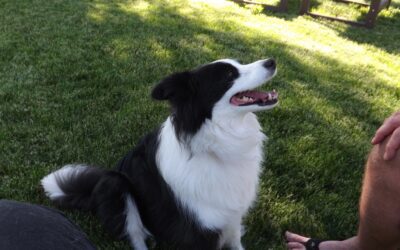How important are verbal cues in dog agility? Find out in this article that explains how your dog perceives verbal cues on the agility field.
Dog Agility Articles
Five Ways to Crush It at Your Next Dog Agility Seminar
Going to a dog agility training seminar? Check out these five tips to maximize your return on investment!
Read This Before Deciding on Your Agility Dog’s Contact Performance
Which contact performance, running or stopped, is right for your team? The answer might surprise you.
Is Your Agility Dog a Pinto or a Ferrari?
If you’ve moved up from a slow or moderately-fast agility dog to a speed racer, here’s some advice to make your life easier.
Dog Training Safety: Why You Need an Experienced Instructor
An experienced instructor for agility, tricks, conditioning, and other dog sports can save you headaches and heartaches in the future.
Dog Training: The Thomas Edison Approach
Approach dog training like the inventor Thomas Edison, and have fun experimenting with new training methods when your dog is stuck.
5 Reasons to Teach Your Dog Tricks
Teaching your dog “tricks” – including basic obedience behaviors – is critical to having a dog you can live with. However, training your dog brings a wealth of other benefits as well.
Yes, Sit and Down Are Tricks
As dog trainers, we sometimes forget that not everyone is familiar with the terms we use. To the average pet owner, “trick” means jump through a hoop or fetch the newspaper. In truth, every behavior we teach, from sit, to walking on a leash, to fetching a drink from the fridge, is just a trick.
Dog Training: Don’t Become an Environmental Cue
When you are training a behavior, don’t make yourself part of the environmental cues for performance. If you always ask for a down with the dog directly in front of you, or always stop next to the contact zone on the dog walk, your dog will rely on your position as part of the environmental cues for the behavior.


